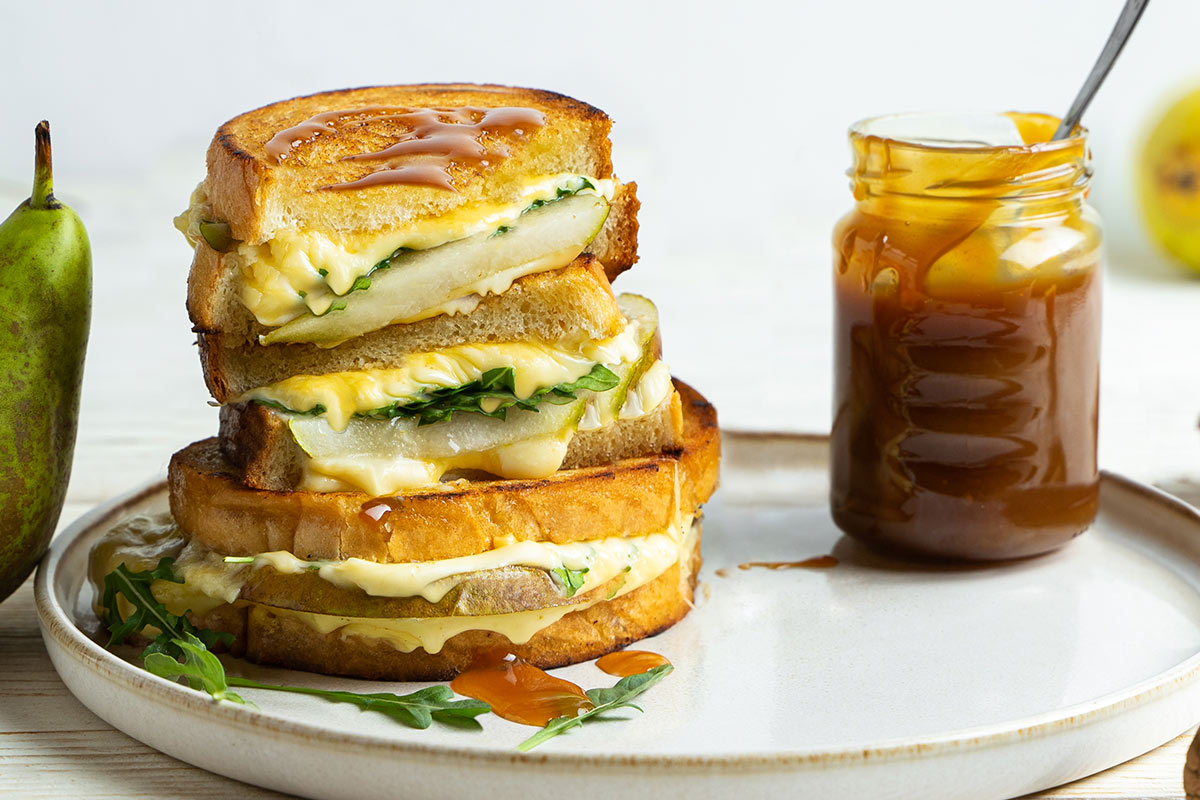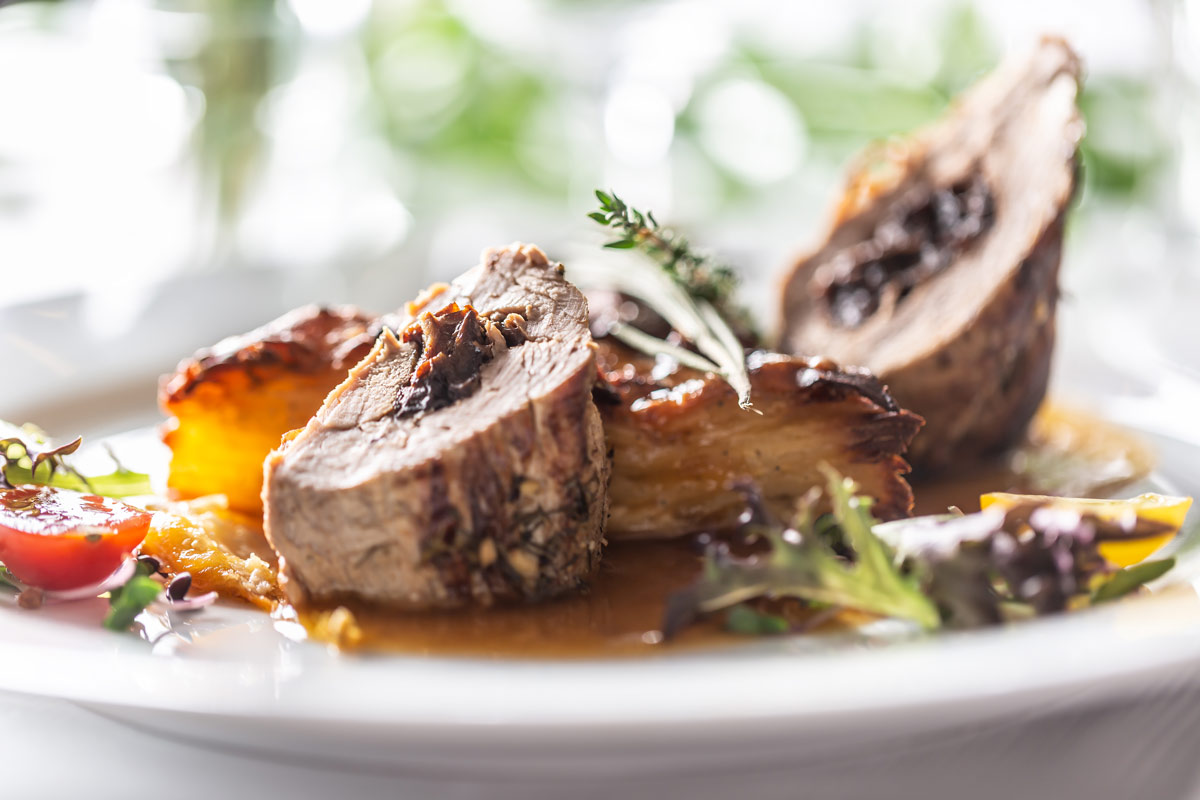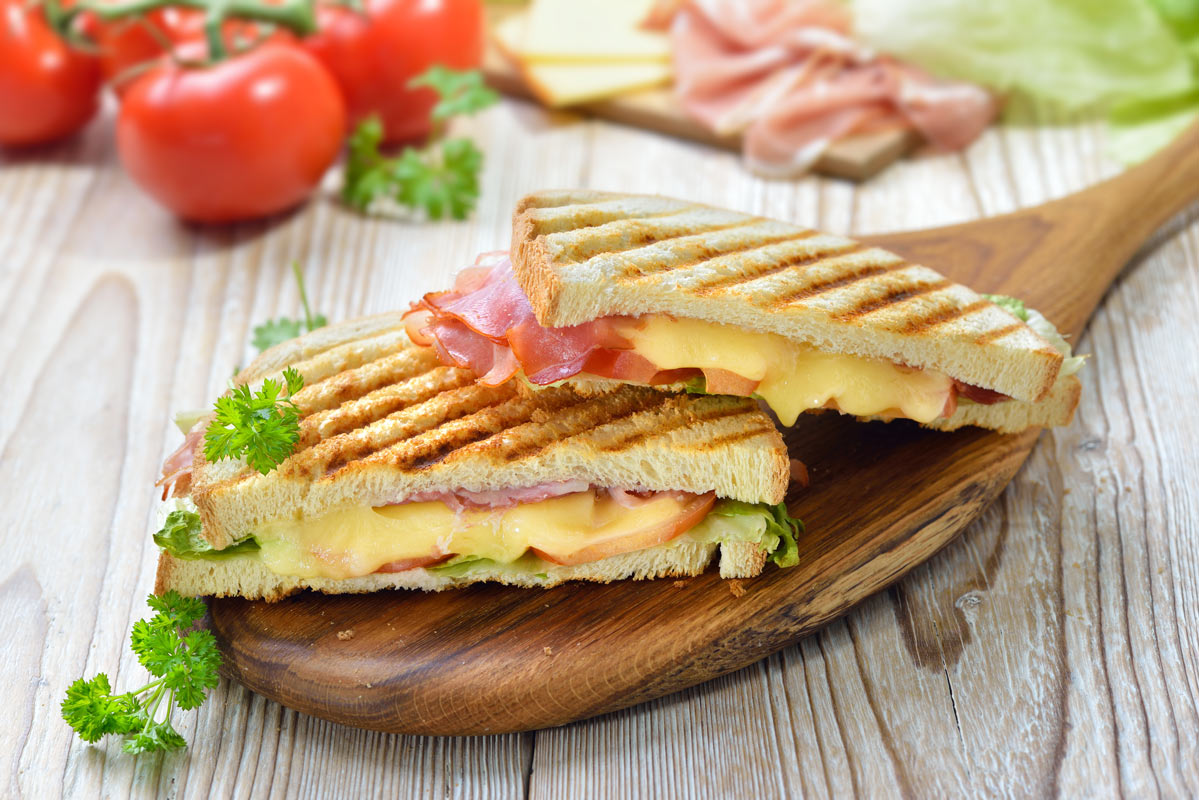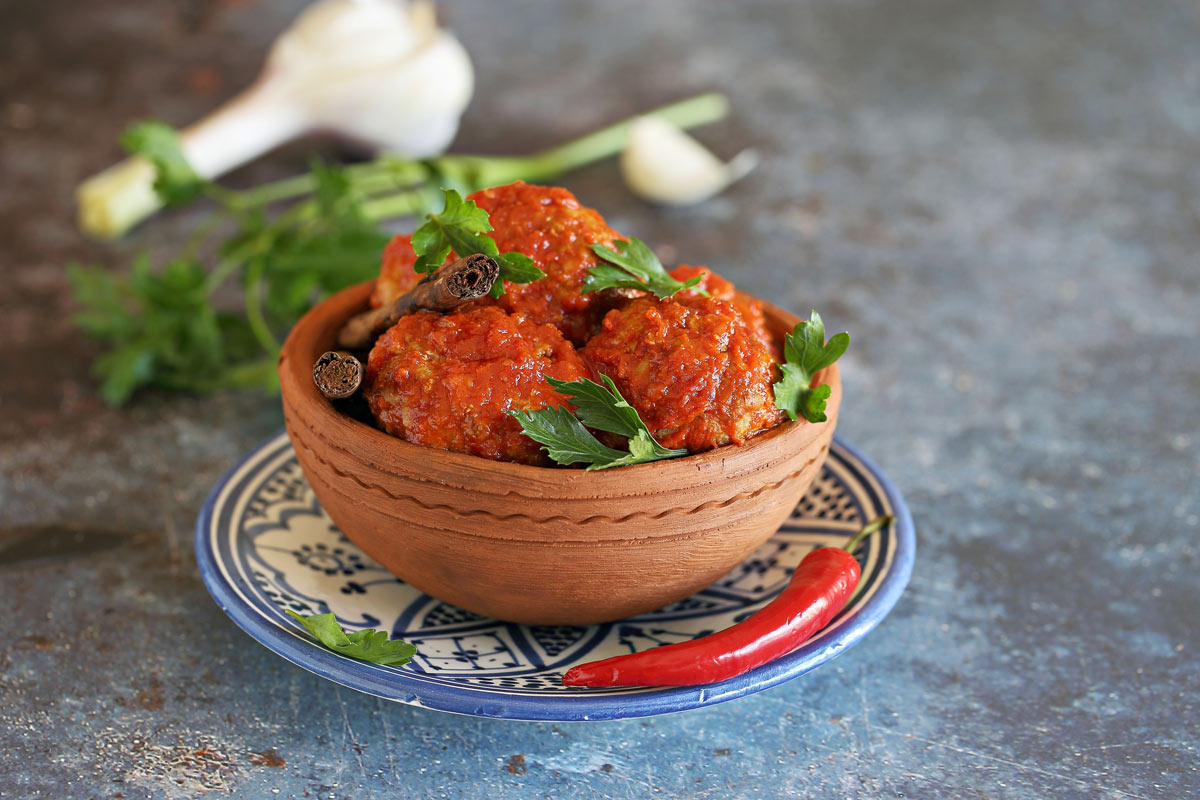Even finicky eaters rush to the kitchen when grilled cheese sandwiches are on the menu. With a few ingredient upgrades, this lunch or dinner mainstay tastes even more delicious.
Ingredients
- Extra virgin olive oil, as needed
- 2 ounces Manchego cheese, shredded
- 1 ripe avocado, cut into thin slices
- 1 ripe pear, cut into thin slices
- 1 tablespoon fig jam
- 1-2 cups arugula
- 4 thin slices crusty whole wheat bread
Directions
Step 1
Brush one side of each slice of bread with olive oil. Build the sandwiches on two of the slices, layering the ingredients equally in this order: a sprinkling of cheese, avocado slices, pear slices, fig jam, arugula, the rest of the cheese, and the top slice of bread.
Step 2
If using a panini press, brush the outsides of the bread with olive oil and heat the press and grill the sandwiches as directed. If using a griddle, heat over medium heat; when hot, add two tablespoons of olive oil in two separate pools and place a sandwich over each pool. Press down on the sandwiches with a large spatula or an empty cast iron skillet (see “Quick Kitchen Nugget” below). When the bottoms have browned, flip the sandwiches and repeat.
Makes 2 servings




